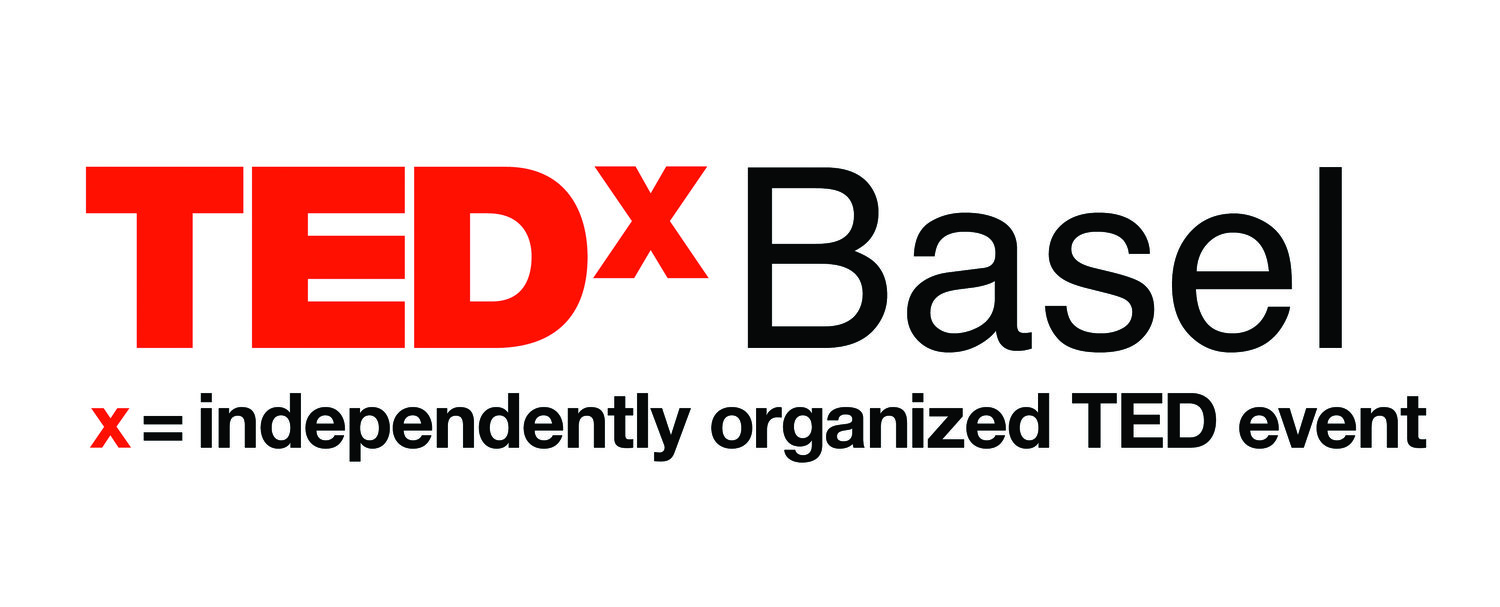TED's 31 days of Ideas - Day 15: What we can see and why
/What we can see and why
By Isaac Lidsky
What is the point of sight? It's a costly endeavor; it commands approximately one-third of your brain's volume and up to two-thirds of your cognitive processing power. But what is it meant to accomplish? Intuitively, the answer seems obvious: sight is meant to accurately represent the world around you.
Right? Take a closer look.
In his extraordinary TED Talk, "Do we see reality as it is?," cognitive scientist Donald Hoffman explains his research, which suggests that the purpose of sight is not to accurately portray some objective reality (if there is such a thing) but instead to further the evolutionary goals of survival and reproduction. Put another way, our minds are less concerned with getting it "right" than they are with getting it "useful." Our visual system is designed, Hoffman argues, to augment the information about the world that we perceive with our eyes, not to faithfully represent it.
Hoffman's talk is inspiring. He exemplifies the indefatigable drive of human curiosity, the power of the human mind -- and the limitless potential of their nimble conspiracy. At the same time, the talk is humbling and cautionary because it exposes the fragile vulnerability of our most basic knowledge, what we think we know of sight itself.
Above all else, however, I find great optimism in Hoffman's message. If we can understand how our minds create personal, virtual realities that we perceive as truth -- in our sight and otherwise -- we can live with awareness of our role in the creation of those realities. With that awareness, we can choose to hold ourselves accountable and choose how we want to live our lives in every moment.


